The Egyptian pyramids aren’t the only marvel waiting to be discovered. Beyond the ancient ruins and bustling souks lies a world teeming with wild surprises—creatures that creep, soar, burrow, and sprint across the sands and skies of Egypt. These animals have evolved to thrive in scorching deserts, rocky cliffs, and lush riverbanks, and many of them are found nowhere else on Earth. From blue-laced lizards flashing under the Sinai sun to foxes with ears as big as their dreams, Egypt’s wildlife is as mesmerizing as its mythology. Some, like the long-eared hedgehog, are irresistibly cute. Others, like the Egyptian vulture, seem plucked from a pharaoh’s tomb. So forget the camel clichés and pack your curiosity. These 12 animals will give you a whole new reason to explore Egypt—one paw print, hoof beat, or wing flap at a time.
Fennec Fox
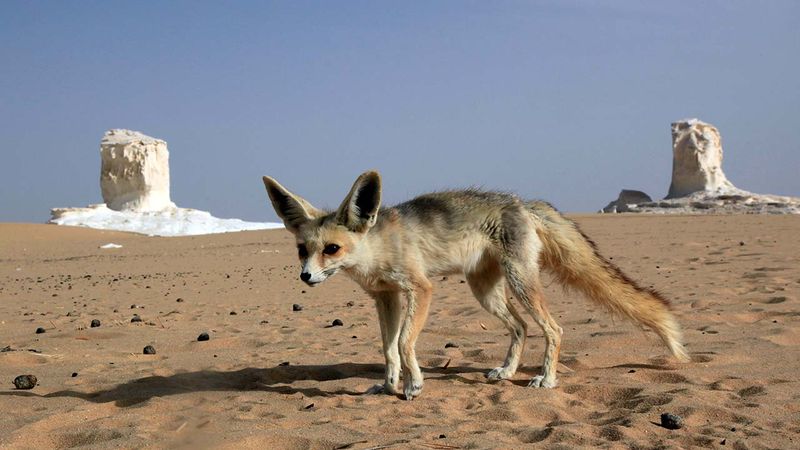
With ears larger than life, the fennec fox is the desert’s night sentinel. Its oversized auditory apparatus is not just for show; it’s a finely tuned instrument for nocturnal survival. One might wonder how this tiny fox withstands the harsh desert climate. The answer lies in its unique adaptations, from heat-dissipating ears to sand-colored fur that offers camouflage.
Sand Cat
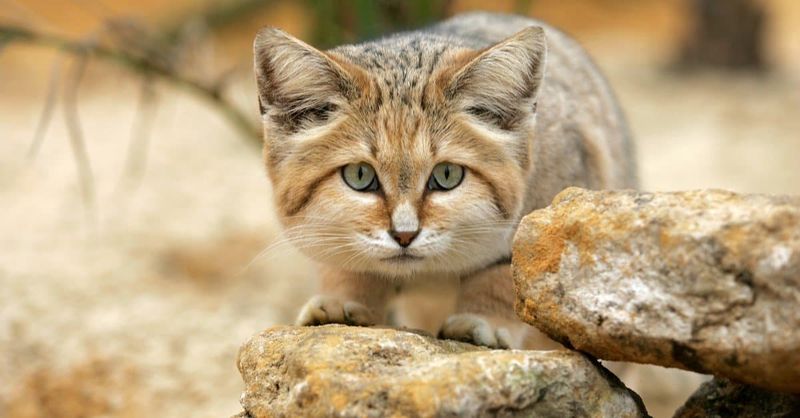
The sand cat is a mystery wrapped in fur, elusive yet enchanting. This feline prowls the southeast deserts of Egypt, a ghost in the shadows. Its thick coat protects against temperature extremes, while its wide paws allow it to tread softly on sand dunes. Despite its wild nature, the sand cat’s survival is threatened, making it a rare desert jewel.
Dorcas Gazelle
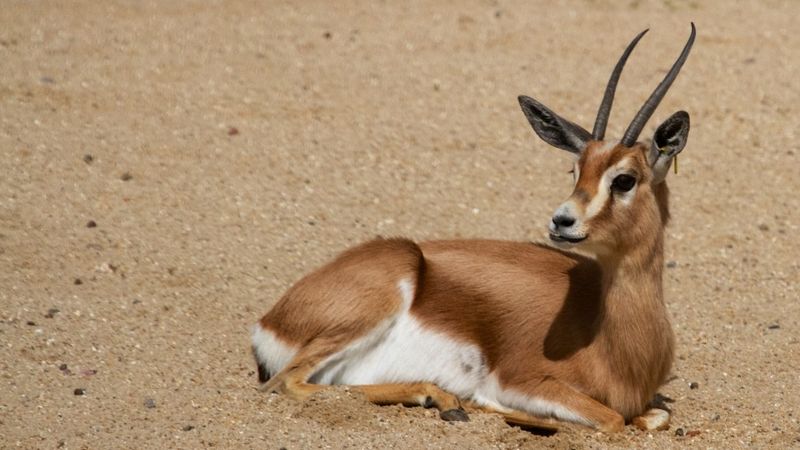
Grace embodied, the Dorcas gazelle is a dancer of the desert. Adapted to arid habitats, this gazelle moves with an elegance that belies the harsh conditions it endures. Unfortunately, its graceful disposition does not shield it from vulnerability. Conservation efforts are crucial to preserving this symbol of desert beauty, a testament to resilience amidst scarcity.
Egyptian Mongoose
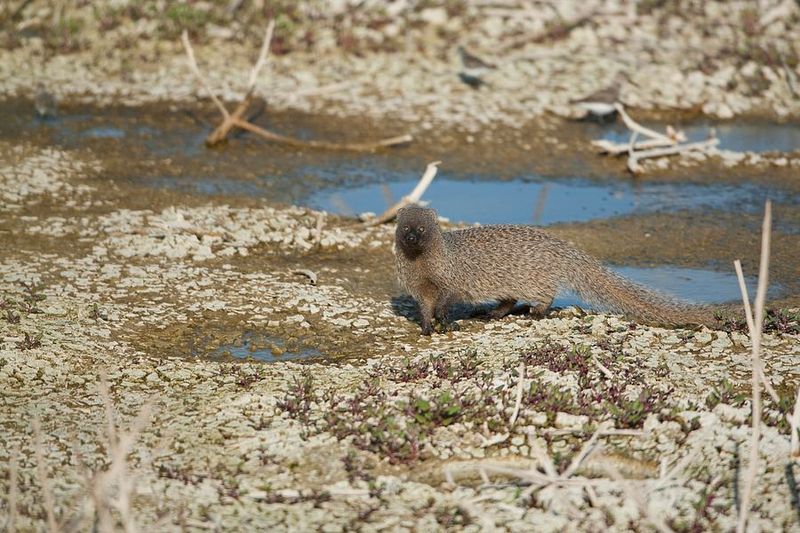
In the annals of Egyptian legend, the mongoose stands as a creature of boldness and cunning. Often found near water and fields, this carnivore is more than just a predator; it’s a piece of cultural folklore. This mongoose’s agility and intelligence are its keys to survival, making it a fascinating creature to observe in its natural habitat.
Sinai Agama Lizard
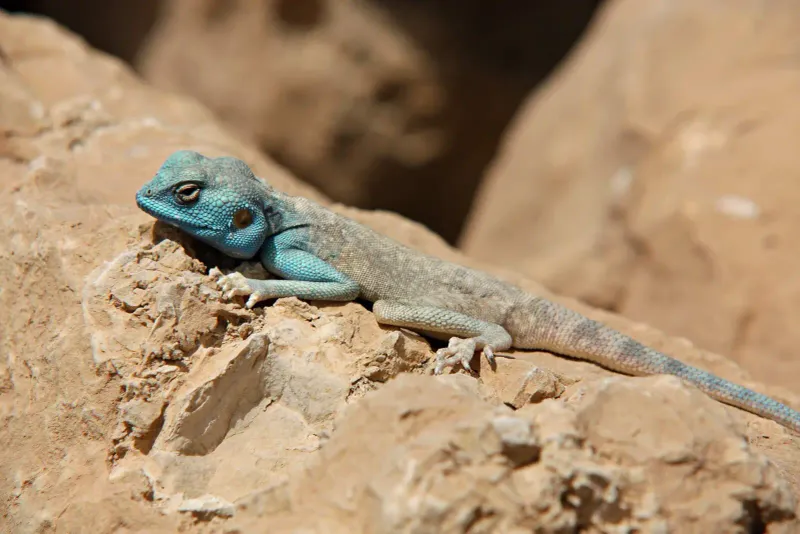
A flash of blue in the rocky deserts, the Sinai agama lizard is nature’s own piece of art. Its vivid colors are not just for display but serve as a beacon in the barren landscape. These lizards are often seen darting across rocks, their speed and agility a testament to life thriving in unexpected places.
Long-eared Hedgehog
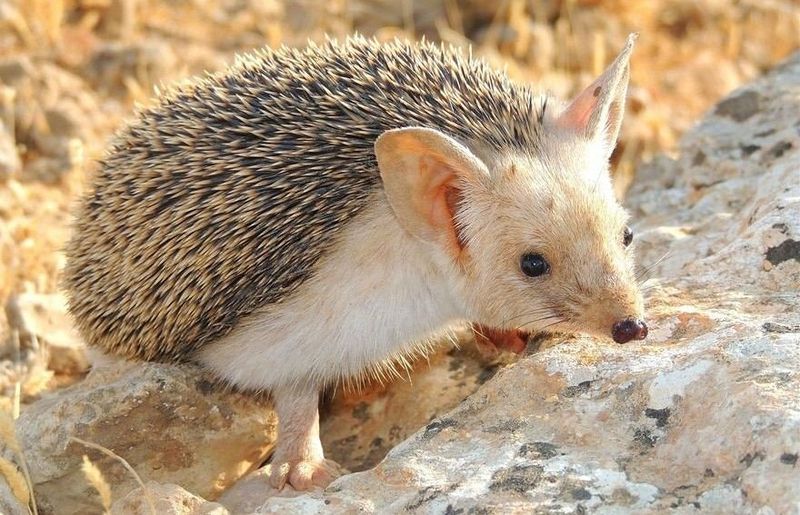
Tiny and endearing, the long-eared hedgehog is a small wanderer of Egypt’s greener playgrounds. Its ears, oversized for its petite frame, are perfect for detecting the faintest of insect movements. Often found in parks and oases, this hedgehog is a reminder of the delicate balance of life in diverse environments. Its nocturnal adventures are a delight to witness.
Sand Rat (Fat Sand Rat)
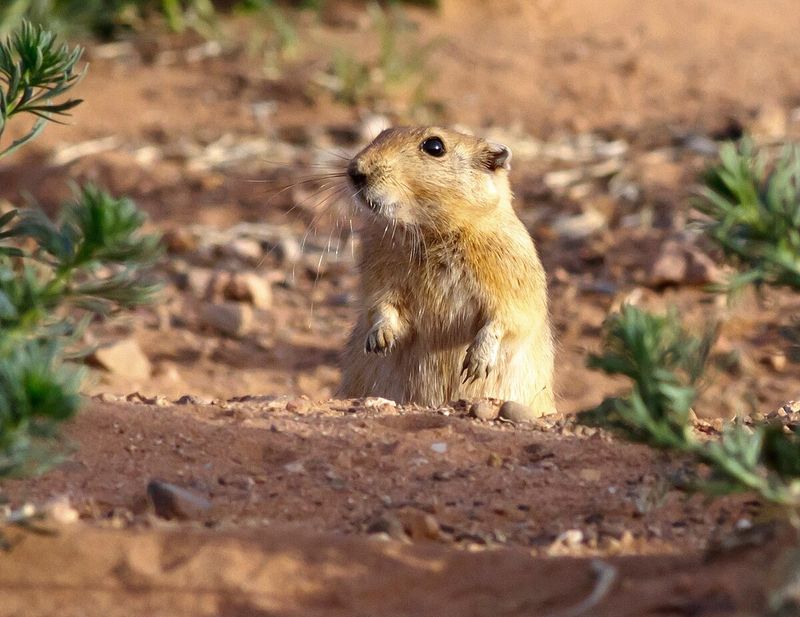
Amidst the sands of Egypt, the sand rat makes its home. This rodent is a master of adaptation, enduring the extreme climate with nocturnal prowess. Its diet is as resourceful as its habits, often feeding on the sparse desert vegetation. The sand rat stands as a symbol of resilience, a rodent that embodies the spirit of survival against the odds.
Cape Hyrax
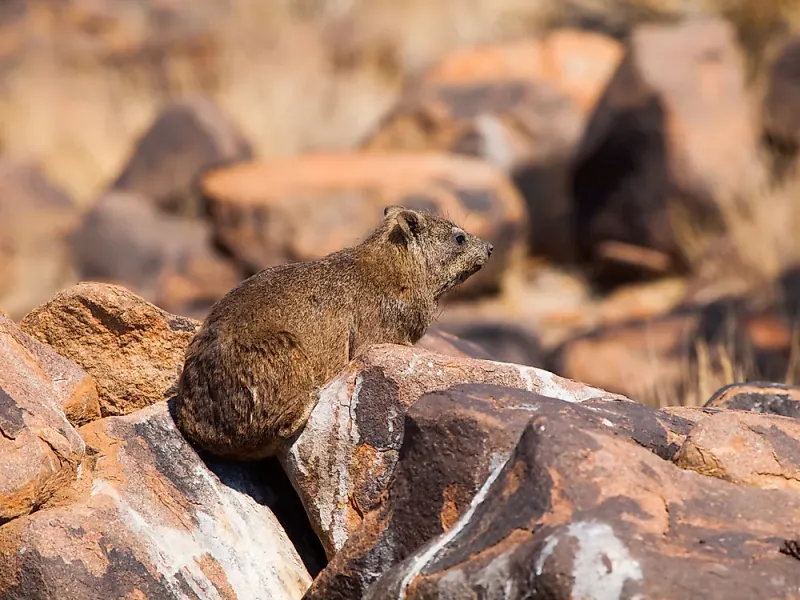
The Cape hyrax might seem a curious creature, but its lineage is linked to elephants. Often seen basking on the rocks near the Nile, these animals are social and vocal, their calls echoing across the waters. Their proximity to elephants in the evolutionary tree is a fascinating reminder of nature’s twists and turns.
Nubian Ibex
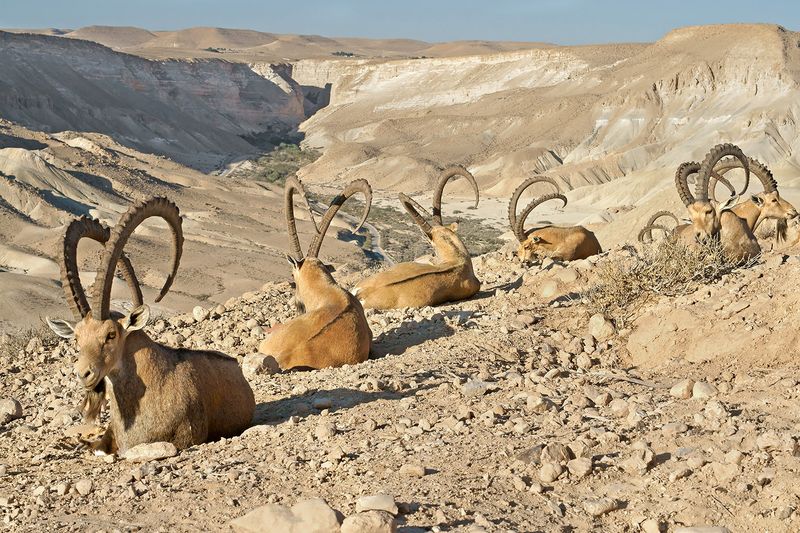
With horns that crown its majestic figure, the Nubian ibex is the mountain monarch of Sinai. This goat nimbly navigates the rugged terrain, a testament to its strength and agility. However, its majestic presence is in peril, as habitat loss poses a serious threat to its survival. Conservation efforts are vital to preserving this symbol of wild beauty.
Aardwolf
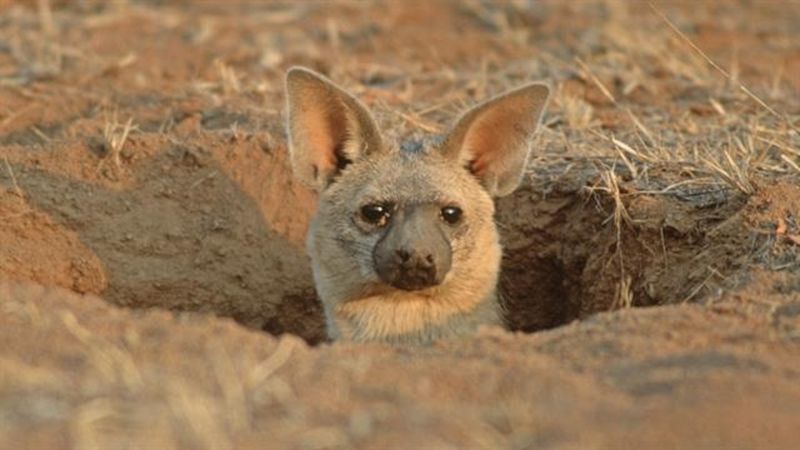
A relative of hyenas, the aardwolf is a creature of the twilight. Known for its termite-rich diet, this unique animal occupies the southeastern mountains of Egypt. Its shy nature and crepuscular habits make it a rare sight, but for those lucky enough to glimpse it, the aardwolf is a reminder of the hidden wonders of the animal kingdom.
Egyptian Vulture
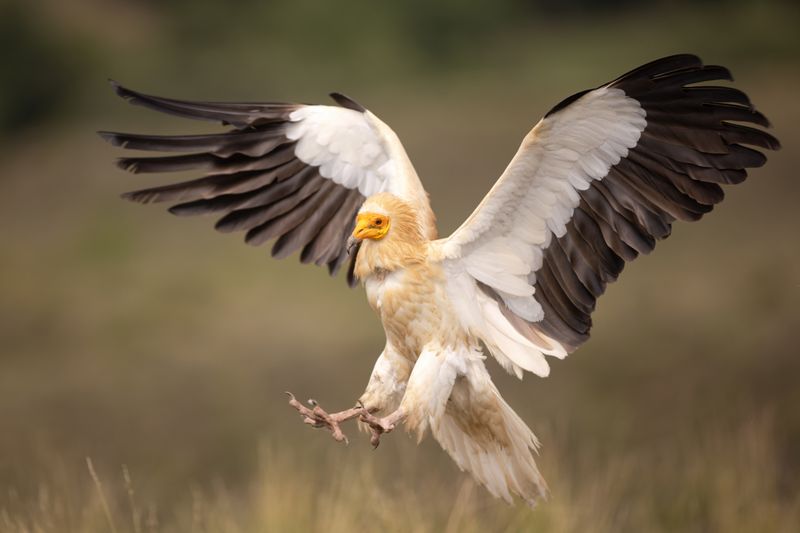
With a striking appearance, the Egyptian vulture is a scavenger with a place in history. Its intelligence is notable, using tools to access food sources that others can’t reach. Revered in ancient times, this bird is a symbol of the Egyptian skies, embodying a rich cultural tapestry woven with threads of history and nature.
Dugong

The dugong, or ‘sea cow,’ is a gentle giant of Egypt’s aquatic realms. With a serene demeanor, it glides through the waters of the Red Sea, a living relic of marine history. While snorkeling in its habitat, one might witness the dugong’s graceful ballet, an underwater dance that speaks to the tranquility of the seas.

